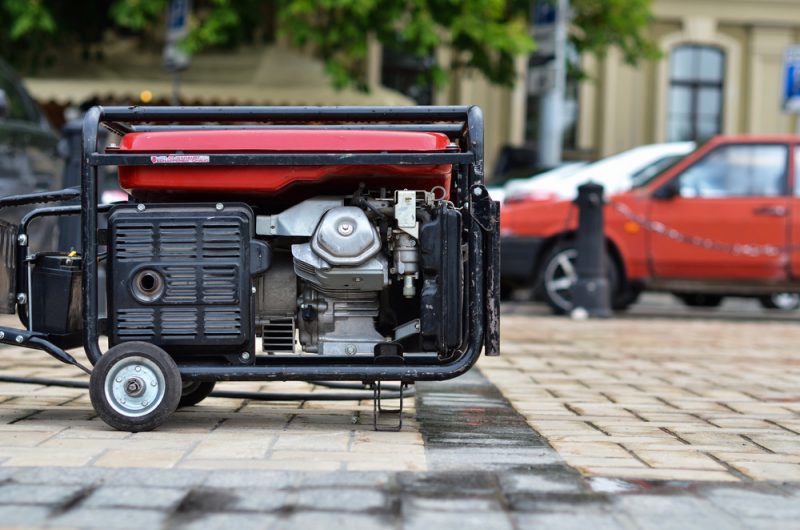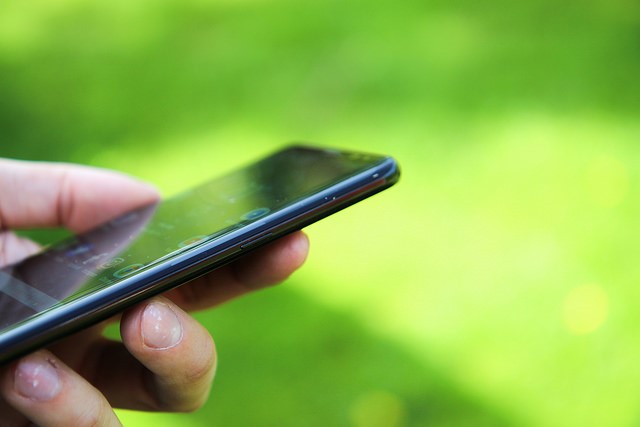Buying a portable generator is an excellent decision to make if you want to ensure that you will be able to provide backup power for your house in case of a power outage. Below are some safety considerations to bear in mind, so you and your loved ones are always on the safe side.
How to Choose the Right Generator – What Size to Buy
It is essential that you work out your TEL (Total Electrical Load) – the total power the electronics and appliances you have in your household consume every day to determine the optimal size your generator should have. A generator that is too big will cost you a lot of money to buy, install, fuel, repair, and maintain. On the other hand, a generator that is too small for your needs won’t be able to run your major appliances during a power outage. Plus, forcing it to provide more watts than the device can deliver for long periods of time will not only cause it to overload and eventually breakdown but also damage the appliances it powers. Before you choose from the selection of generators for sale, take into account:
- The type of your electrical appliances you will need to operate (i.e. A/C units and refrigerators require a lot of power to run as opposed to lights that need a little).
- The number of electrical appliances in the household.
- Whether your must-run appliances have moving parts (i.e. pumps) as they will call for increased power consumption at startup.
Below is an illustrative list of the power requirements of some household electrical appliances and the size of generator that will best suit your needs (here is a tool to help convert kVA to Watts if necessary).
- Use a 2.4 kVA generator to operate power tools or small appliances that are rated up to 1000 watts, such as a TV, toaster, heating unit, frypan, jigsaw, portable drill, small refrigerator, and an up to ½ hP motor.
- Select a 4.4 kVA generator to run a small A/C unit, a microwave, power tools that are rated up to 2200 watts, heating, a radial saw, a small pump, and an up to ¾ hP motor.
- An 8 kVA generator will cover your need to power tools that are rated up to 3400 watts, like a clothes dryer, a hot water service and all of the above-mentioned appliances and tools that require more substantial amounts of power (for example, a non-inverter air conditioner can consume between 1000 and 2500 watts depending on type and brand).
The size of your portable generator largely depends largely on your needs. Will you install one to power up your lighting? Run certain household appliances? The entire home? When you figure that one out, you can search for the generator with the required power. However, you may also ask to have your generator fully customised based on your specific needs.
Where to Place the Generator
Given that a portable generator emits carbon monoxide gas, it is crucial that you prevent exhaust fumes from entering the home. So, choose a location away from the doors and windows. Also, encasing a generator in a soundproof enclosure (i.e. a garden shed) will help reduce the noise levels produced by one. Just make sure there is enough room around the unit for proper air circulation.
Tips:
- To minimise the risk of an accident/injury and fire, store the fuel for your portable generator in a separate area (preferably in a non-glass safety container away from fuel-burning appliances) that you can safely lock when you are not using it.
- Consider installing a carbon monoxide alarm. You will find many battery-operated models on the market.
How to Install your Generator
The safest way to connect a generator to your electrical supply during an outage is by using a transfer switch that increases the usefulness of your unit and also makes power management easy for you to do. This means that a transfer switch allows you to use a small, less expensive portable unit to meet your wattage requirements. Plus, it prevents back-feed, which can cause a fire and, of course, damage your generator.
Another way to install a portable generator is by using heavy-duty cables, which, however, increases the likelihood of personal injury if you are not careful during installation and maintenance (i.e. ravelled extension cords may cause the generator to overheat).
Important Notes:
- Avoid plugging the generator into a wall outlet to power your home’s wiring (aka back-feeding). You put neighbours and utility workers that share the same utility transformer as you at serious risk of electrocution.
- Always have a licensed electrician connect your unit to the house wiring (if you need to power your appliances that way) according to both Ergon and Energex requirements, and the Australian/New Zealand Wiring Rules.
- If you use heavy-duty cords to plug devices into the unit, make sure they are cut- and tear-free and that they are rated in amps or watts equal or over the total amount of load of the connected devices.
Last, but not least, never try to refuel your unit while it is still hot to prevent the ignition of engine parts from fuel spilt. Instead, let the generator cool down first before you proceed.



